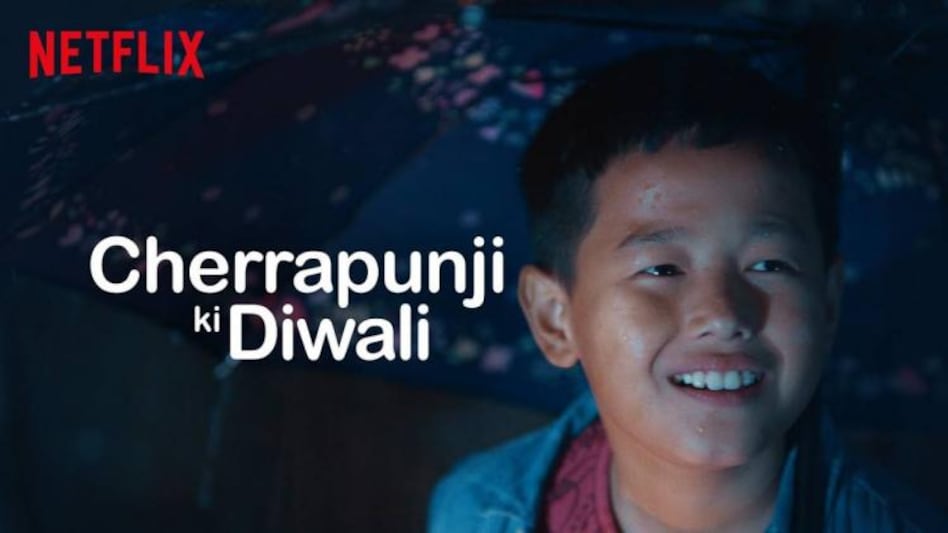Shillong, Oct 23: Two days prior to Diwali – the festival of lights, Netflix India released an ad to commemorate this celebration. Set in “Cherrapunji”, a widely known tourist spot in Meghalaya, an old man narrates the hassle of the rain in this part especially when it comes to enjoying and observing the occasion. But despite such hindrances, celebrating Diwali with family and friends has always been a common factor in the so-called Cherrapunji. That was Netflix India’s clear cut message – of family and together-time.
Although the message was well intended, the misrepresentation of “Cherrapunji” and the Diwali culture in a Christian-dominated state like Meghalaya has incited a huge controversy and received backlash.
Meghalaya has made a name for itself in tourism and the arts, yet the mainland’s perception of the state is grossly misinterpreted and misrepresented; Sohra, or as the outsiders keep calling it “Cherrapunji”, had to bear the brunt of this misrepresentation.
Taking a look back at the history, Sohra, which held the title of being the wettest place on earth for so many years, was known as “Cherra” during the British Raj (because of their mispronunciation of the name). It eventually became known as “Cherrapunji” (Land of oranges) by the Bengalis and other tourists and the name got stuck by their lingo but it has reverted back to its old name, Sohra, after sustained lobbying for decades by the inhabitants.
In an Instagram comment under the Netflix ad, Arshanki Lyngdoh, a dentist who has spent most of his years in Sohra and moved to Shillong in 2003, called out the streaming service’s lack of understanding of the place.
He wrote: “First of all, a very small percentage of people in SOHRA(Not Cherrapunji) speaks Hindi and its a predominantly Christian town where Diwali isnt really celebrated, I grew up in Sohra and I dont remember ever witnessing Diwali until we moved to Shillong. Secondly whats with the racist assumption that people of the northeast are all oriental looking. Can’t they just cast Khasi locals (who dont look oriental btw) instead of pushing a narrative that all northeast people have the Asian look. Thirdly was it so difficult to have an actual Khasi singer to sing a Khasi song?? I can literally hear the accent. However proud I am to see a part of our state on Netflix India, I am extremely disappointed at the false portrayal of culture and the people @netflix_in.”
Not only has Netflix India misnamed Sohra, it has also misrepresented the culture and ethnicity of the place. A place highly concentrated of Khasi natives who either follow Niam Khasi (native religion) or Christianity, the ad’s depiction is seen as echoing RSS Mohan Bhagwat’s remarks that the Khasi, as all Indians, share a common Hindu identity, which hasn’t gone down well with the local populace.
In another social media post, General Secretary of KSU, Donald V Thabah, condemned the ad. He wrote: “Diwali is the festival of lights, Netflix India should shed the correct lightings on our tribe, our customs, our believes and our aspirations. Don’t be misled by psuedo-indian elements.”
The issue of misrepresentation of Meghalaya in the Netflix Ad by the mainland based media industry is not entirely new as this misrepresentation runs deep for the entire North-eastern region. As a country, India is well-celebrated for its diversity in culture and religion but Netflix India’s Diwali ad failed to cement this reality. All it did was enlarge the already existing rift between NE tribal communities and mainland India.



